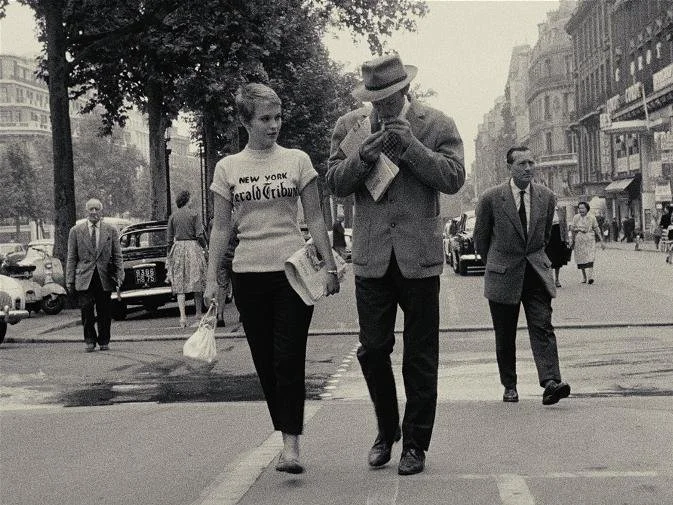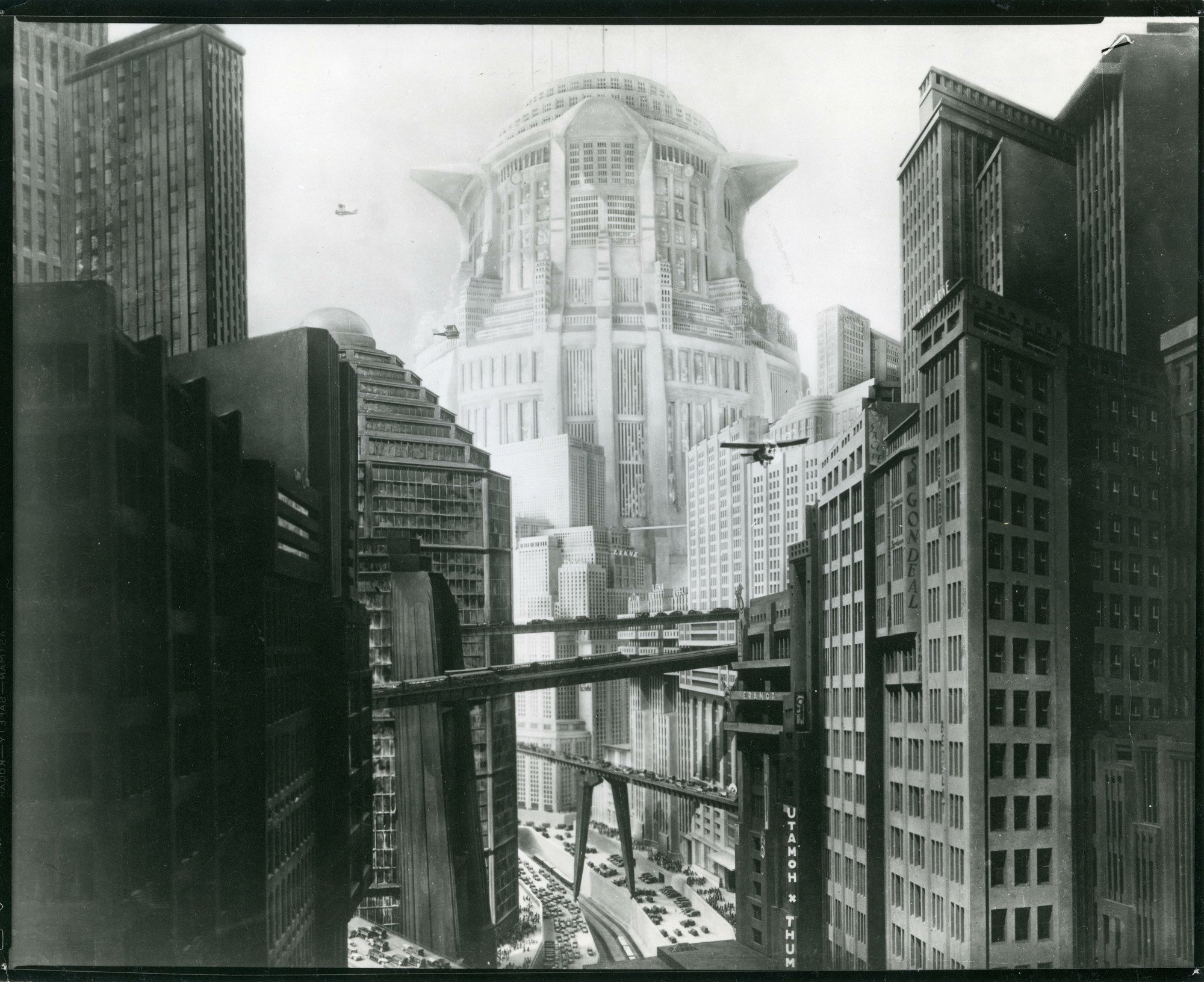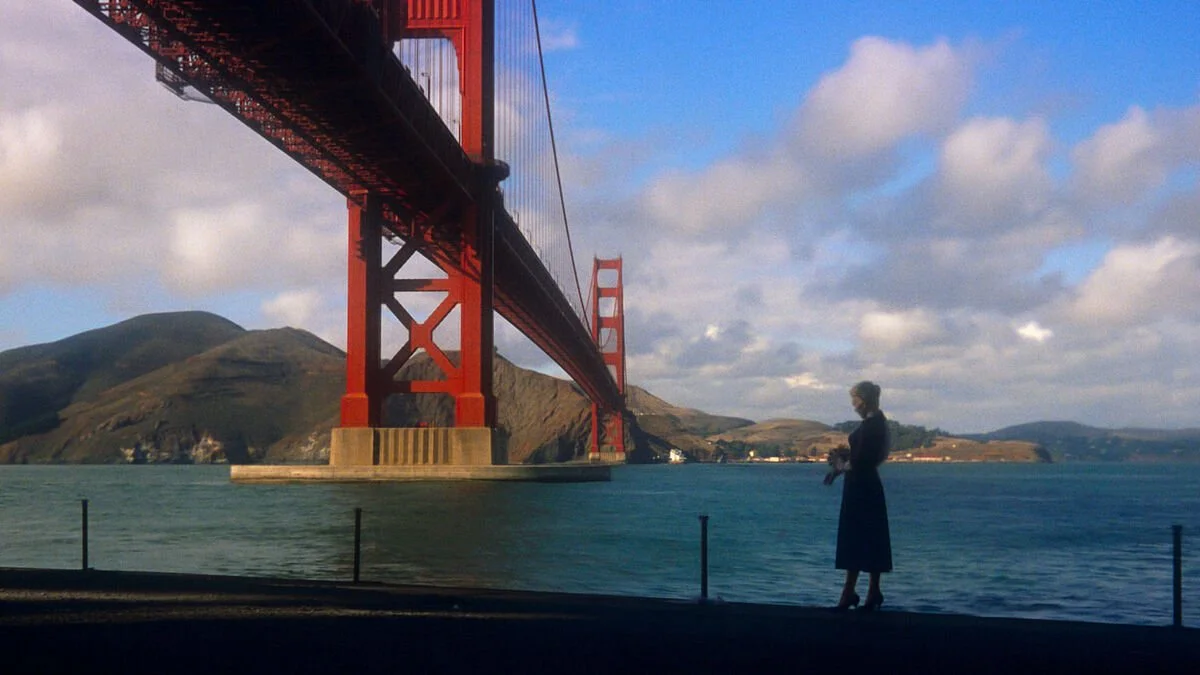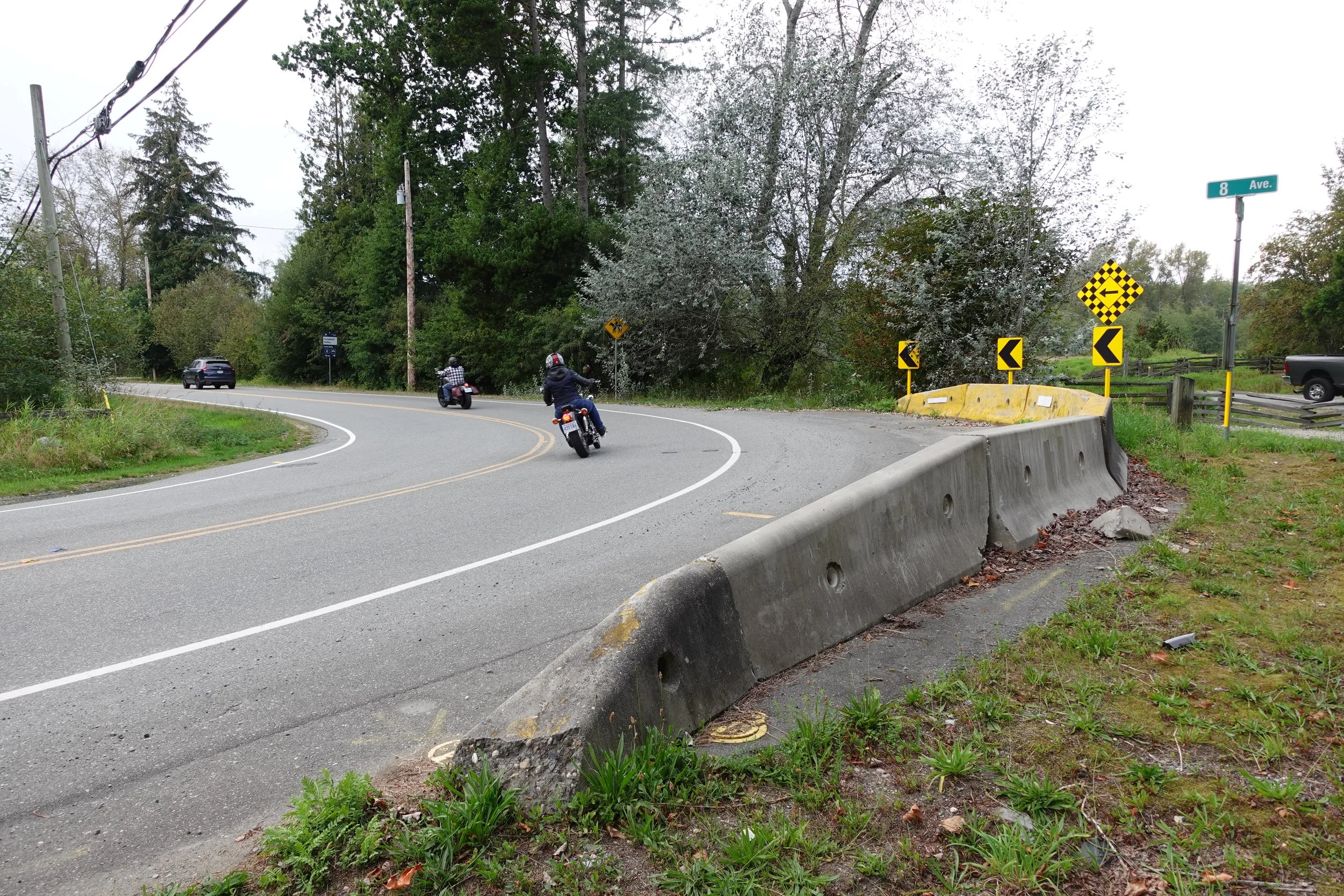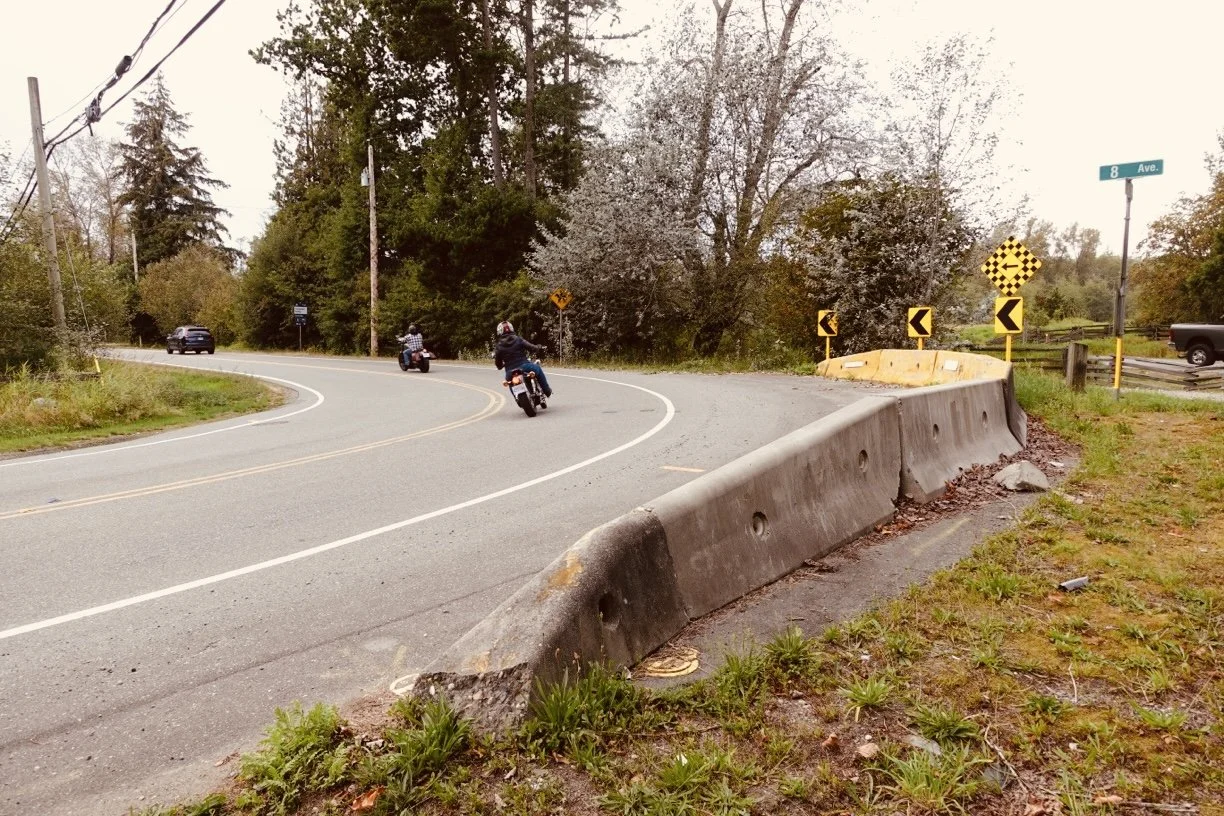Cities and Cinema - Introduction Questions
What assumptions about early film history have been challenged since the early founding myths surrounding the movies, and why? (p 1-6)
In Barbara Mennel’s introduction to the second edition of her book, Cities and Cinema, Mennel describes how Paris “…was the site of the founding myth of cinema” where, on December 28, 1895, the first public exhibition of the Lumière brother’s Cinématographe took place. The Cinématographe, also known as the kinematograph, was an early term for several types of motion picture film mechanisms, some of which, like the Lumière’s invention, could both record and project moving images. Specifically, Lumière’s machine was able to record onto film that was 17 meters long, which equated to approximately 50 seconds of recording time. With their device, the brothers recorded many shorts, known as actuality films, slice of life films which recorded regular moments of everyday life. Of the December 28, 1895 screening, local reporters purportedly noted that audiences reacted with panic and terror when they watched a large train barrelling towards them on the screen in L'arrivée d'un train en gare de La Ciotat (The Arrival of a Train at La Ciotat Station). But this description, which was even recreated in Martin Scorsese’s 2011 film Hugo (see Artifact 01 below), was a myth, one of the founding myths of cinema. Film historians have actually found that L’arrivée d’un train wasn’t even screened that day, as the programme for the screening listed 10 different films and L’arrivée d’un train was not one of them. Other historians have posited that the shock may have come from a belief by some that the projection was being made by a camera obscura, a commonly known device that could reflect what was happening in real time in the immediate outside world onto a wall in the room where the screening was taking place. Mennel also notes how film highlighted a divide between individuals from urban and rural backgrounds, which was grounded in how quickly people were able to navigate and understand the new medium of film in terms of its realness. Specifically, Mennel describes how “The trope of the approaching train on celluloid became a rhetorical figure which separated the film-going public in the city from the inept rural visitor to the city incapable of understanding the new medium” (1). But for Mennel, this mythical moment sits as a point in history where the modernity of the city and the cinema intersected through film’s ability to capture and recreate the speed of the ever growing asphalt jungle. This represented how many early films reflected a modern theme by focussing on the movement of cars, trains, and other moving objects. In short, Mennel explains how the train effect of cinema ultimately provides an illusion that feels so realistic that one can forget they’re watching a movie.
In Mennel’s first edition of Cities and Cinema, she explains how the early history of cinema is multifaceted, and cannot be boiled down to that one founding mythical moment described as having taken place in that cafe in Paris (3). For over one-hundred years audiences had been familiar with the projection of animated photography, still images projected through devices such as, but not limited to, the magic lantern, the diorama, the zoetrope, and the panorama (3). Mennel also notes how limiting the history of film to the ideas tied to L’arrivèe d’un train simplifies both the intelligence and creativity of both film-goers and film-makers of the time. Mennel notes how a diversity in the flavour and themes that were explored were attributable to “…the lack of established conventions and economic structures” (5). Mennel also describes how early film rose out of a desire to continue to push the form both technologically in terms of the tools used to make films, as well as creatively, in terms of the stories that were told (5). To this end, during the late 1890s into the 1900s, films moved from documentary style, slice of life presentations as seen by filmmakers such as the Lumière brothers to films with storylines, narratives, and characters lifted from literary genres, as well as the development of creatively fantastical visual imagery, as seen in films by filmmakers such as Edwin S. Porter, D.W. Griffith, and Georges Méliès (4). Finally, Mennel emphasizes how the early days of film were not only limited to Paris, France, but also saw developments being made in Berlin, London, Moscow, and New York (6).
How was the growth of cinema intimately tied to the growth of cities and nations? (p 6-10)
Throughout her introduction to Cinemas and Cities, Mennel describes how the development and spread of cinema was closely tied to the growth of not only cities, but also to the growth of nations. Berlin, London, Moscow, New York, and Paris were all emerging hubs of cinema for both film-goers and filmmakers (6). Cities served as urban centres for various forms of entertainment which served as a way of distracting citizens and the rise of movie theatres was closely tied to this developing array of culture (6). Mennel describes how the cinema “…influenced the façades and topography of cities…” (6) in terms of the venues that served the new medium. First, films were screened in between live performances at vaudeville theatres. Films also toured from place to place, such as the cafe discussed in the reflection on the founding myth of cinema. “Peep show” booths allowed individuals to watch films, but as the popularity of the medium grew, businesses found that “…more profit old be made by locating movie houses (in urban centres)…” (6), and as such new “…,buildings designed specifically for showing films…” (6) began to be built around 1905. Mennel notes how these buildings were called “Nickelodeons,” and sat less than 200 people to avoid paying theatre taxes. The target audience for these houses were lower classes and immigrants, although Mennel explains how the appeal to middle classes grew as the content of films expanded. Theatres also expanded, becoming more lavish as time went on, to appeal to those looking for places to spend their free time at.
Mennel also describes the importance of Paris as a symbol of modernity. As a concept, the idea of modernity refers to the quality of being modern, or new. Specifically, the StudySmarter website describes modernity “…in sociology refers to the time period or era of humanity that was defined by scientific, technological, and socioeconomic changes that started in Europe around the year 1650 and ended around 1950.” Jemberie and Kumar, in their article, The Concept of Modernity: A Brief Review, summarizes how modernity:
…consists of mainly four main institutional dimensions: capitalism, industrialism, administrative power and military power. By taking them together, it is possible to understand the central features of modernity. Besides, these four aspects of modernity are globalized and thus modernity has a global nature. Along with these four aspects of modernity, it is possible to find characteristics such as a new concept of self based on individualism, rational and scientific thinking, the birth and growth of modern nation-state, the spread of education, the birth and spread of mass media, the creation of the middle class, the rise of representative democracy, increasing separation of the public and private spheres or the growth of the idea of privacy, the ideology of progress and development, increasing role of modern manufacture, the expansion of technology, the spread of urbanization, and the rise of globalization.
Artifacts 02 & 03 below provide a concise introduction to the ideas behind modernity, as well as a brief overview of some of the key thinkers who contributed to its development.
